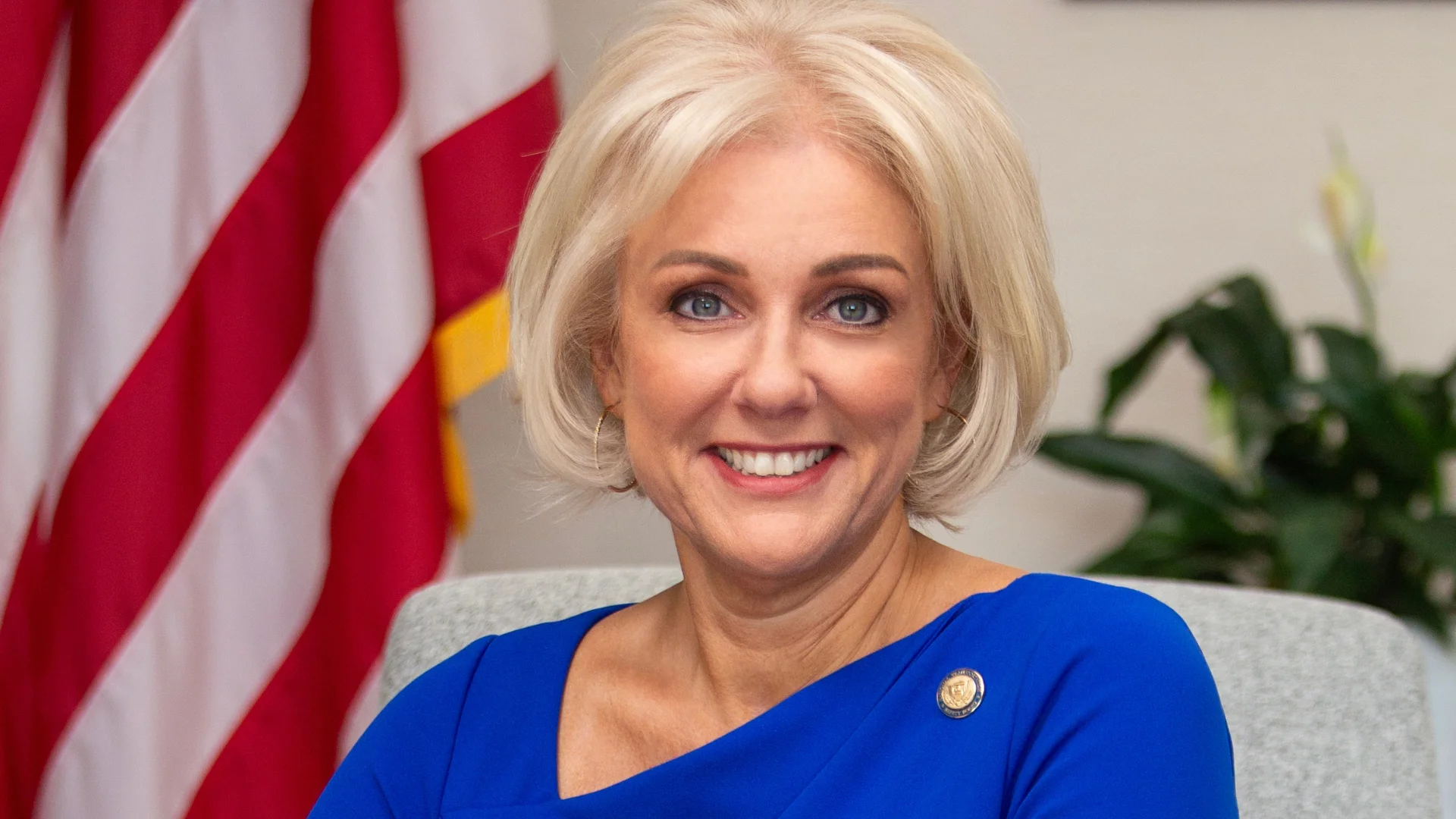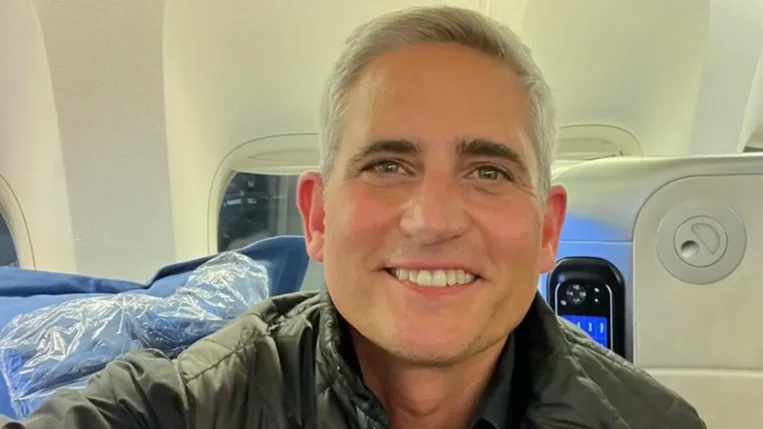In the aftermath of plane crashes, investigators prioritize finding aircraft's black boxes, which are actually orange and known as the Cockpit Voice Recorder (CVR) and Flight Data Recorder (FDR). These devices help analyze pilots' inputs. However, some argue that data from these recorders might not always tell the full story. As a result, certain lobbyists advocate for installing video recorders in cockpits to provide visual evidence.
The debate about cockpit video recorders resurfaced after Air India Flight 171 crashed in Ahmedabad. Initial reports suggested that the crash occurred due to fuel flow issues after takeoff. Some believe video evidence could clarify how and why this happened.
This debate predates the Ahmedabad incident. AIN Online reported last year that the National Transportation Safety Board (NTSB) in the US has prioritized cockpit cameras since 2003. Despite this, such technology is not yet mandated. According to FlightGlobal, IATA Director General Willie Walsh supports it: "Our industry has always been very open in sharing information...a video recorded in addition to the voice recording would significantly assist investigators."
 Alerts Sign-up
Alerts Sign-up










